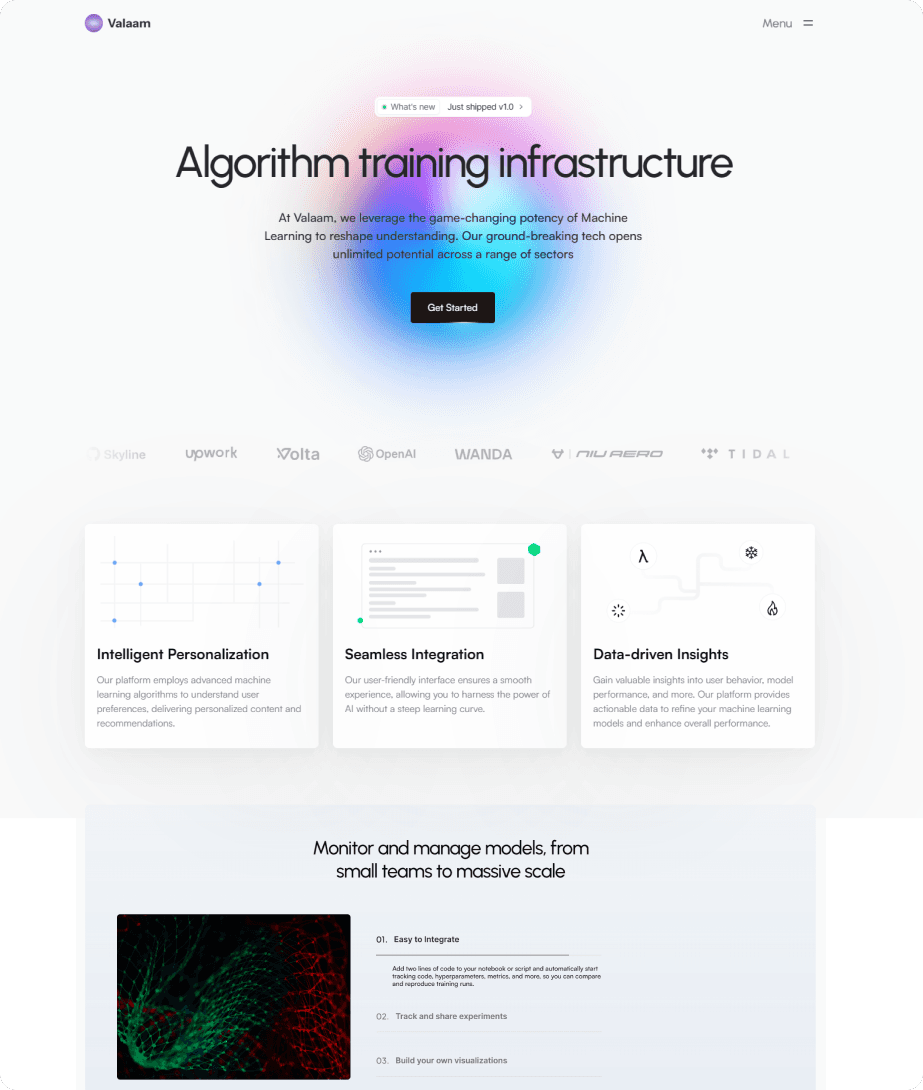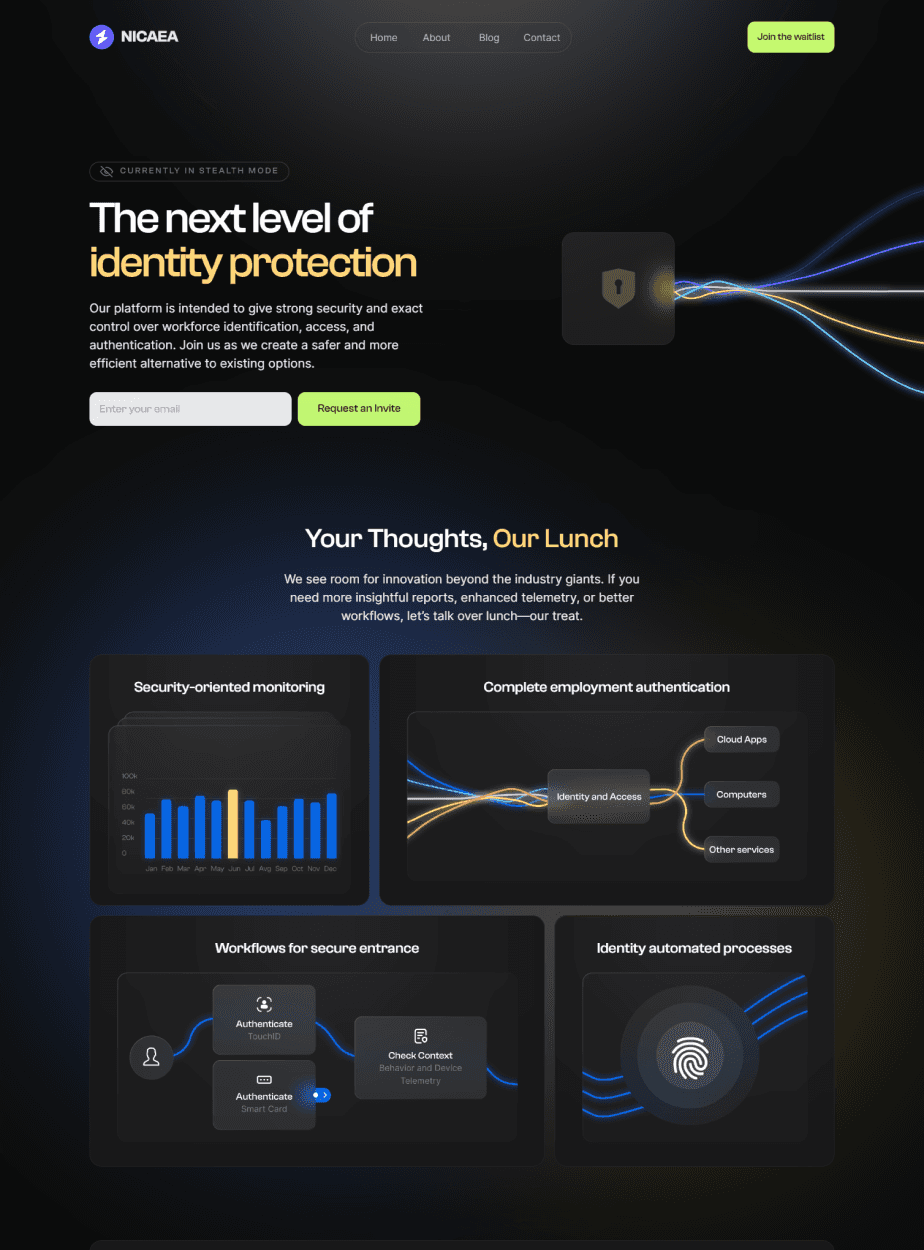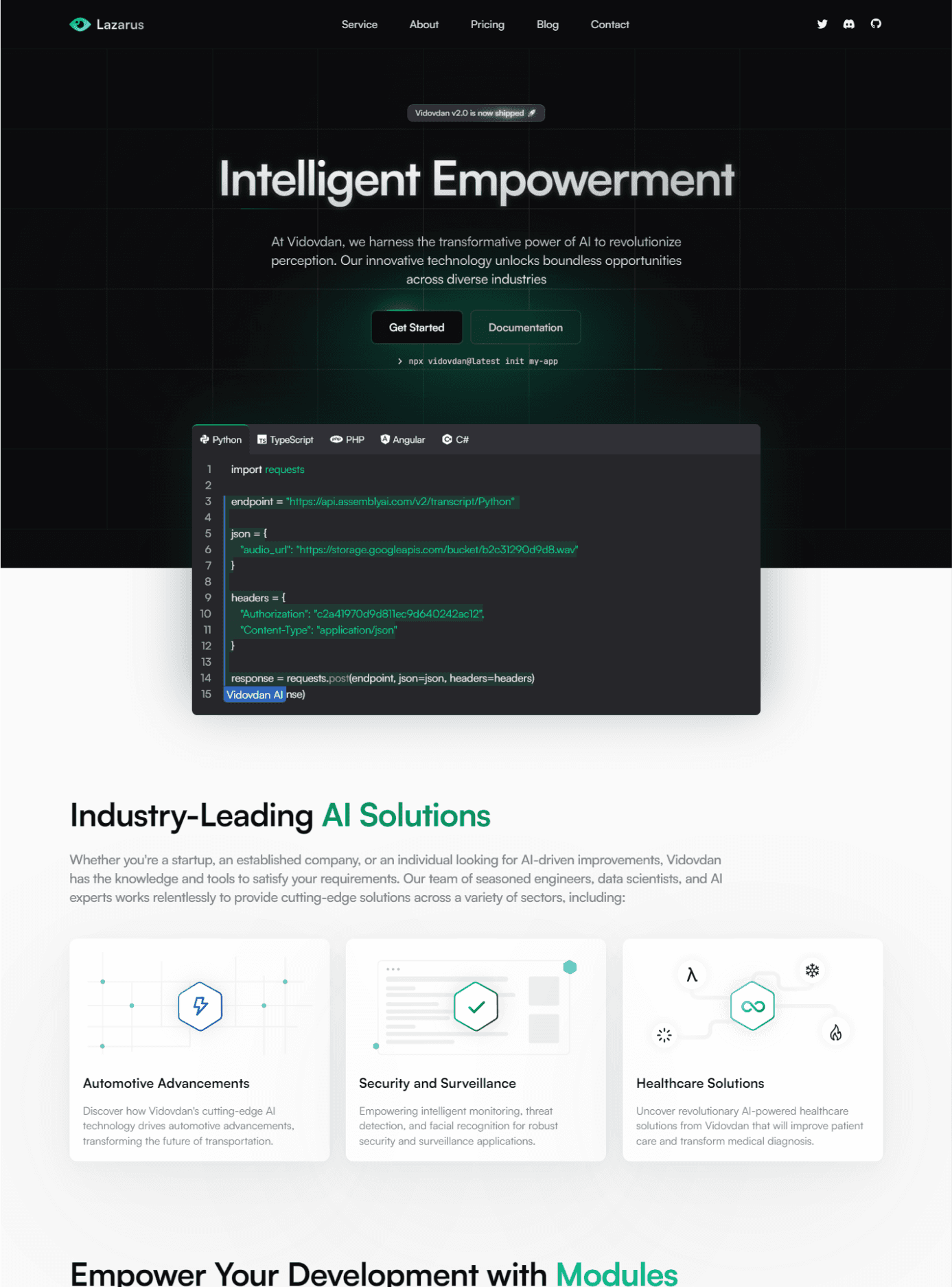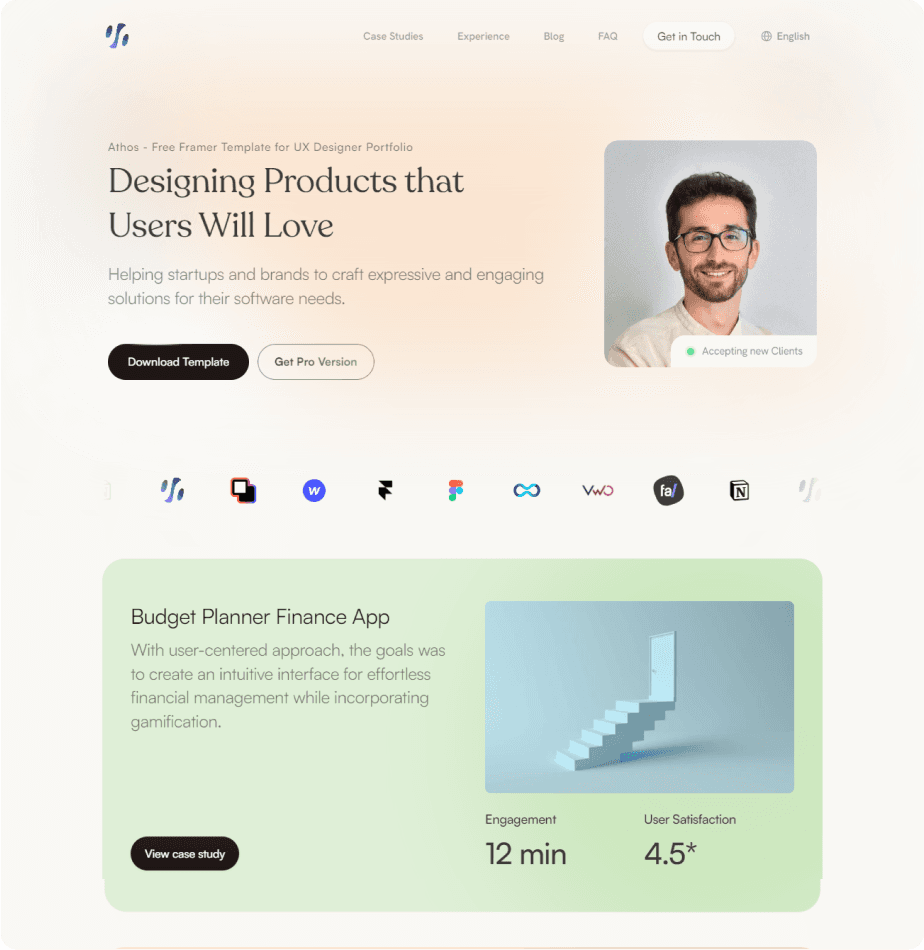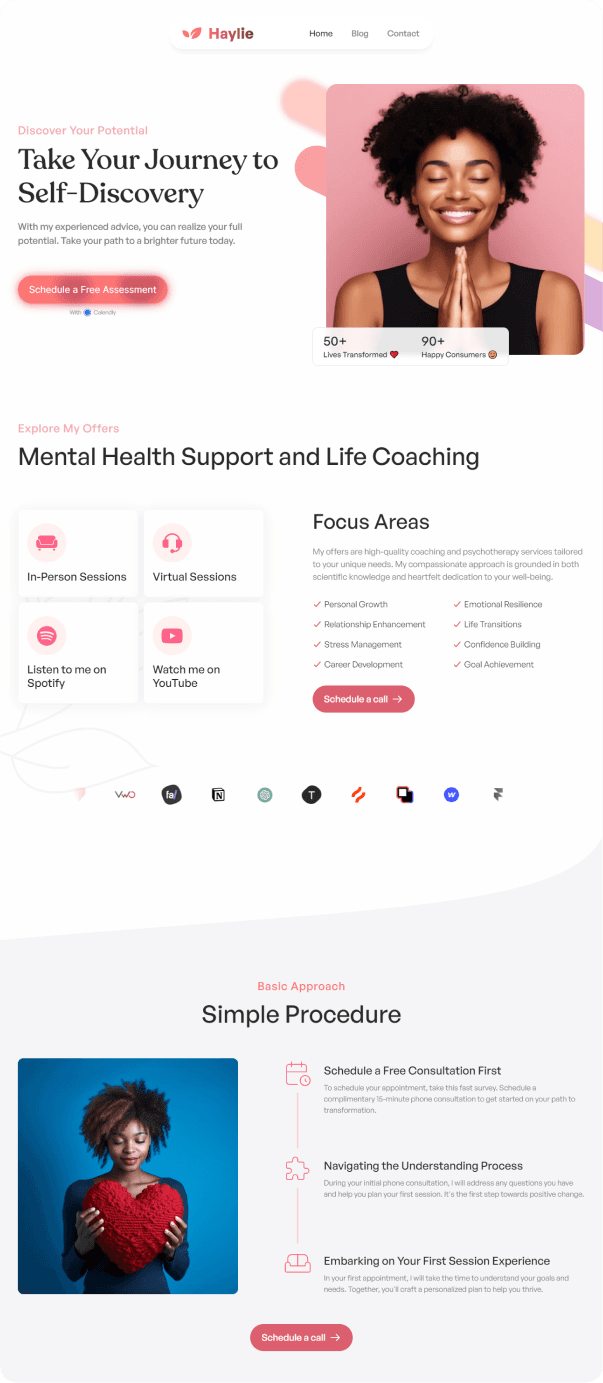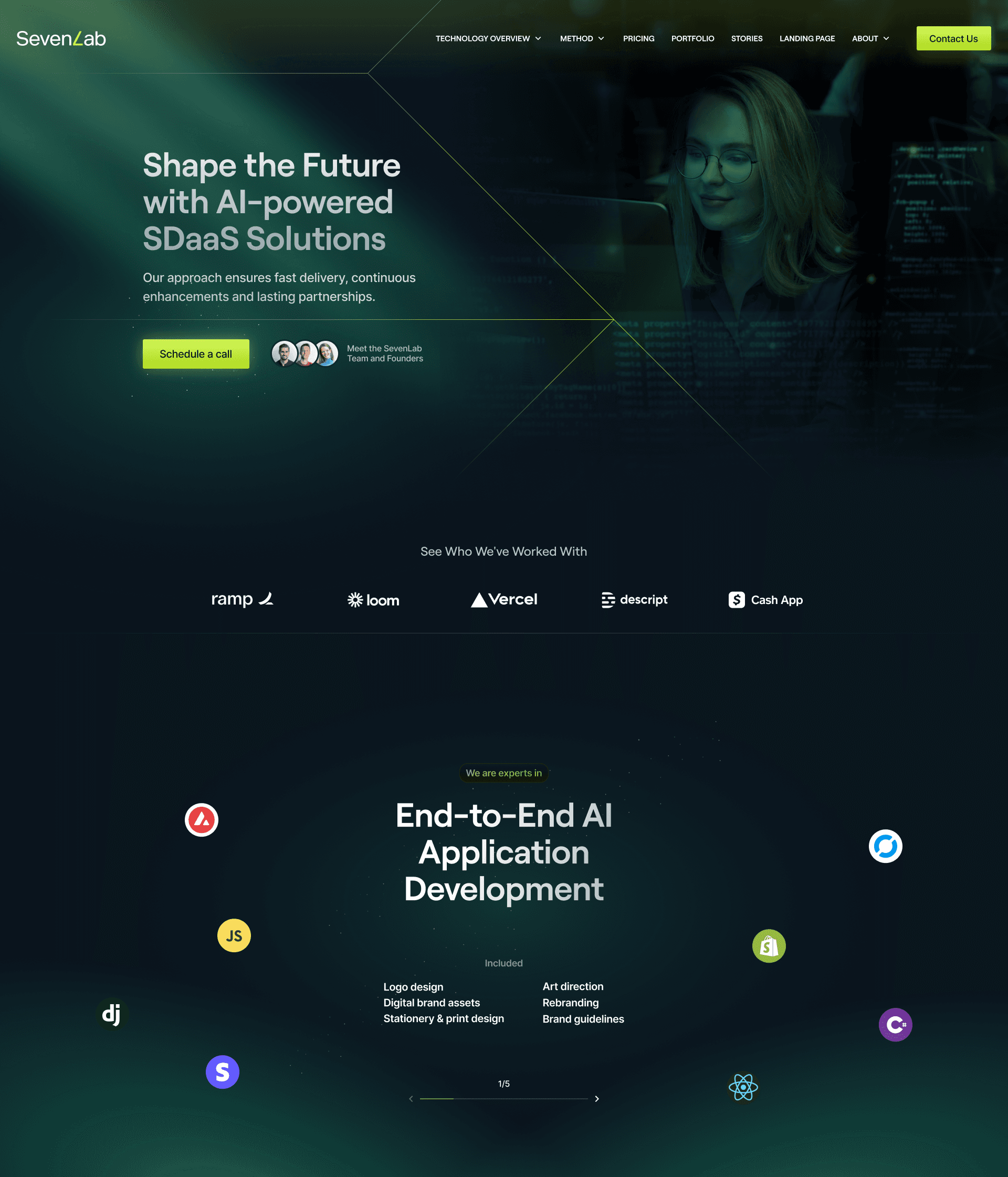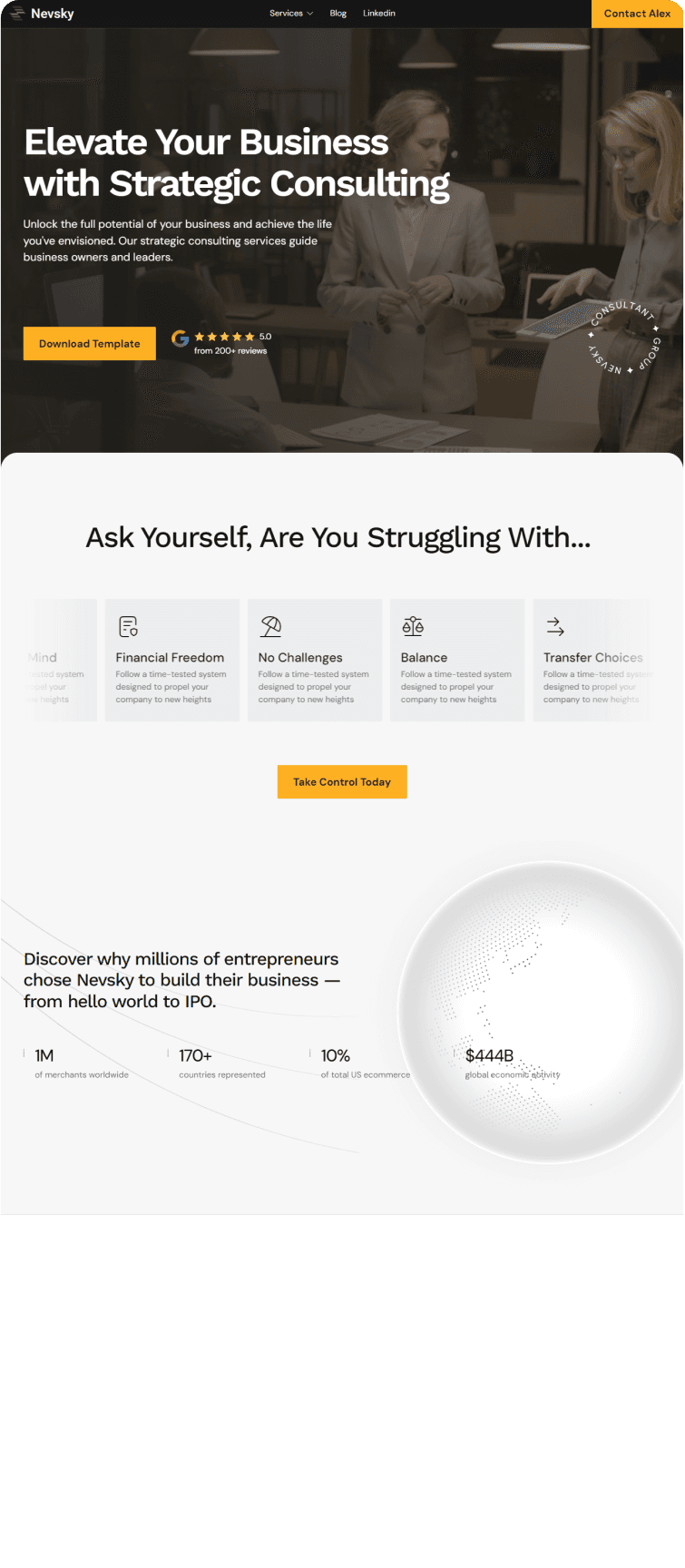Case Study
Dyson’s 5,000+ Prototypes: A Masterclass in Iterative Design and the Power of Persistence 🚀
Every "failed" version wasn't a waste of time.It was a vital stepping stone toward creating something extraordinary.
When we think about innovation, we often imagine a brilliant idea striking like lightning — a sudden moment of clarity that changes everything.
The reality?
Innovation is messy, slow, and full of failures.
No story embodies this better than James Dyson’s journey to create the world’s first bagless vacuum cleaner — a journey that took 5,127 prototypes.
💡 The Problem: Traditional Vacuums Were Flawed
In the late 1970s, James Dyson noticed a recurring problem: vacuum cleaners would lose suction over time as their bags filled up.
Instead of accepting it as a “normal” product flaw, he saw an opportunity to rethink the entire system.
Dyson’s insight?
Maybe the bag wasn’t just a container — maybe it was the problem.
The Process: 5,127 Prototypes of Trial and Error
Armed with nothing but an idea and endless curiosity, Dyson began building prototypes in his workshop.
One prototype after another, failure after failure, he iterated.
1st attempt: Didn’t work.
100th attempt: Better, but still not right.
1,000th attempt: Improvements, yet still not there.
5,127th attempt: Finally, the breakthrough.
Each prototype was a small step forward — a chance to learn something new about air flow, suction, filtration, and material design.
Rather than being discouraged by failures, Dyson embraced them as data points — each one bringing him closer to a better solution.
🔥 The Breakthrough: Reinventing a Household Item
Dyson’s final design used cyclonic separation to spin dust out of the air without the need for a bag.
The result?
A vacuum that didn’t lose suction.
A product that disrupted an entire industry.
A brand that became synonymous with design excellence and performance.
Today, Dyson is a global technology company, but it was built on the back of this relentless commitment to iterative development and learning from failure.
The Lesson: Why Iterative Development Matters
James Dyson’s story isn’t just about vacuums — it’s about how innovation really happens.
Creativity is easy.
Persistence is hard.
Iterative development — building, testing, failing, improving — is what separates dreamers from disruptors.
In UX design, product development, entrepreneurship — in almost any creative field — this mindset is critical.
Failures aren't dead ends. They're signposts.
✍️ Final Thoughts: Fail Forward
Next time you're frustrated by the slow grind of iterations, remember Dyson’s 5,127 prototypes.
Every "failed" version wasn't a waste of time.
It was a vital stepping stone toward creating something extraordinary.
Keep building. Keep testing. Keep learning.
Your breakthrough might be just one more iteration away.
Innovation rarely happens in a straight line — it demands a structured yet flexible approach. Stories like James Dyson’s 5,127 prototypes remind us that great design is the result of continuous learning, refinement, and a relentless focus on user needs. For those who want to dive deeper into mastering this iterative mindset within UX and product design, the 7S Design Framework offers a powerful guide. Built on real-world design thinking principles, it provides a systematic path from research to refinement — helping designers craft solutions that truly resonate with users. To explore more about building exceptional software products through structured creativity, learn more about the 7S Design Framework.






